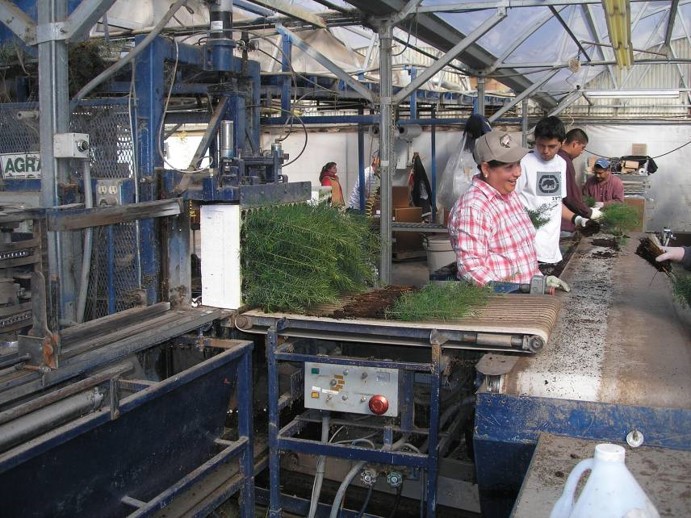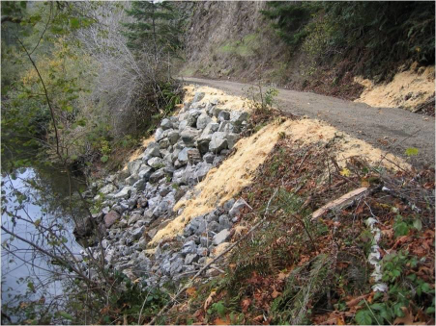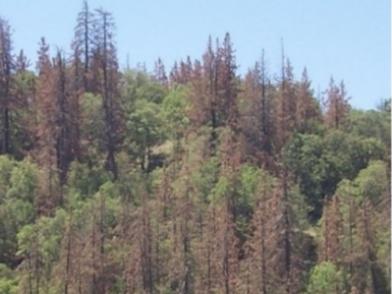Burn Assessment
Assessing the burn severity of your land is important to understand what erosion, tree mortality, and invasive species disturbances to anticipate.
Burn severity is typically classified as Low, Medium, and High. When using this assessment, it is important to consider the continuity of burned area as well as the severity. A high severity burn may not be inherently damaging to the ecosystem if it is patchy and covers small areas of ground.
Use the following characteristics to assess the impact of fire on your land:
Topsoil
- LOW SEVERITY - Surface litter scorched, charred, blackened but with identifiable plant parts. 40-85 percent litter cover remains.
- MODERATE SEVERITY - Surface litter partially consumed. Less than 40 percent litter cover remaining.
- HIGH SEVERITY - No surface litter remains.
Small Woody Debris (<3" diameter)
- LOW SEVERITY – Surfaces charred with some unburned areas.
- MODERATE SEVERITY – Surfaces are charred with some woody debris partially to wholly consumed.
- HIGH SEVERITY - Woody debris fully consumed.
Large Woody Debris (>3” diameter)
- LOW SEVERITY – Surfaces charred with some unburned areas.
- MODERATE SEVERITY – All surfaces are charred with partial consumption in wood.
- HIGH SEVERITY - Only large, deeply charred logs are left.
Stumps
- LOW SEVERITY - Stumps intact but charred.
- MODERATE SEVERITY – Stumps are partially consumed.
- HIGH SEVERITY - Stumps are completely consumed with holes in ground where stumps and root systems were.
Mineral/Bare Soil
- LOW SEVERITY - Soils unchanged or charred, with isolated areas that are gray to orange where downed logs burned.
- MODERATE SEVERITY - black, gray, and/or orange soil dominates area, with little to no unburned areas; gray ash is present in patches covering <20 percent of area.
- HIGH SEVERITY - black, gray and orange soil dominates area; gray ash layers may be deep and extensive.
The severity of fire impacts the nutrient quality, water capacity and erosion potential of forest soils. Depending on the level of damage, additional steps may be necessary to restore your forestland. Use the resources below to help guide you through the following restoration treatments on your natural landscape.


